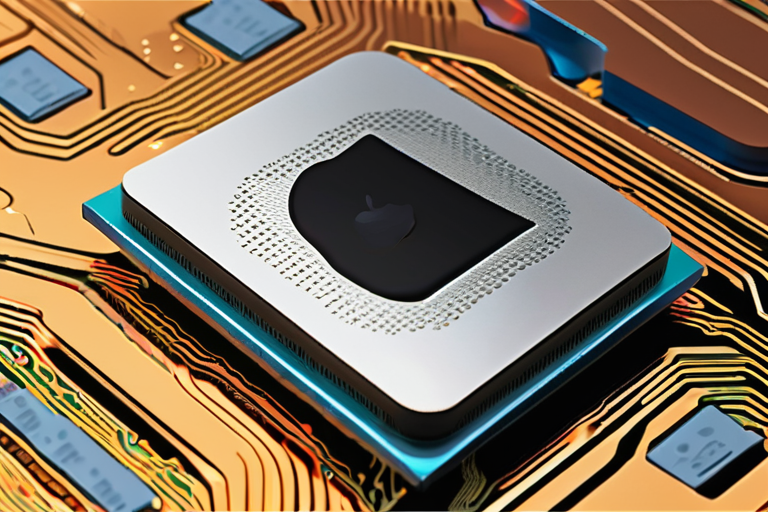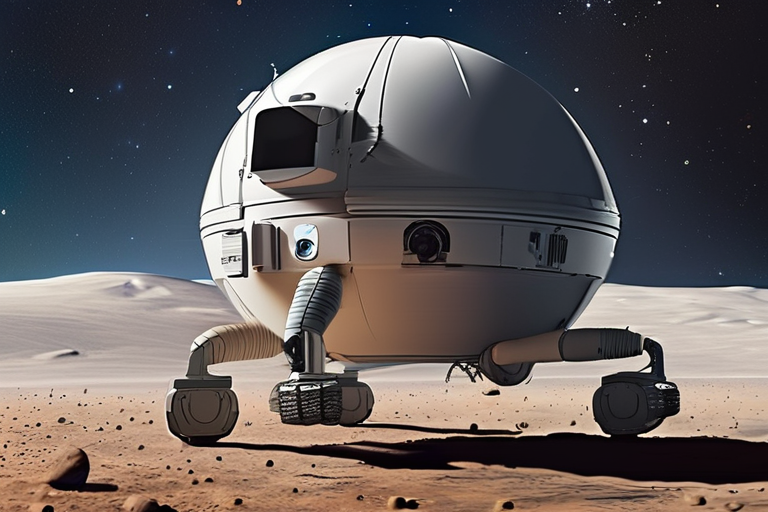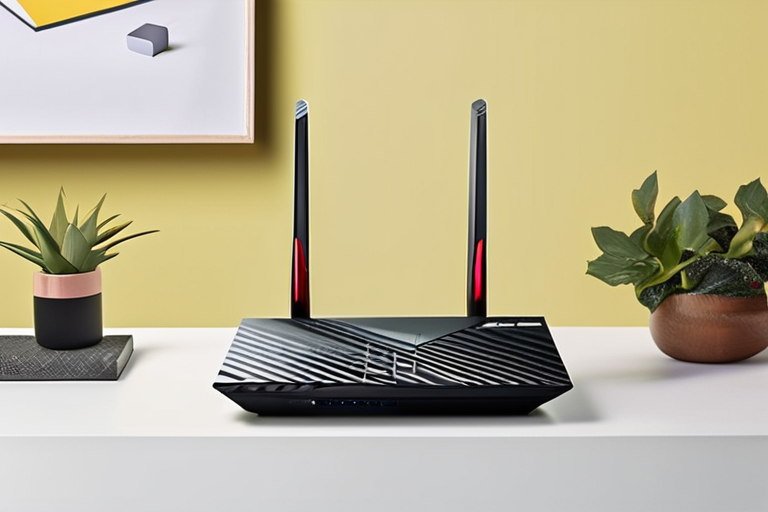NASA Funds Lunar Wi-Fi Breakthrough to Link Astronauts and Rovers on the Moon


Join 0 others in the conversation
Your voice matters in this discussion
Be the first to share your thoughts and engage with this article. Your perspective matters!
Discover articles from our community

 Hoppi
Hoppi

 Hoppi
Hoppi

 Hoppi
Hoppi

 Hoppi
Hoppi

 Hoppi
Hoppi

 Hoppi
Hoppi

Breaking News: Next-Generation Networks Deliver Digital Sixth Sense In a groundbreaking breakthrough, researchers at the ARENA2036 research institute have successfully …

Hoppi

AerospaceMagazineSeptember 2025Analysis 6G Wireless Networks to Use Satellites as Base Stations Planning for a wireless future in the air and …

Hoppi

Apple Unveils N1 Wireless Chip, a Game-Changer for iPhone Connectivity In a significant move towards self-sufficiency in wireless technology, Apple …

Hoppi

NASA Accelerates Manned Moon Mission to February 2026: A New Era of Space Exploration In a significant development, NASA announced …

Hoppi

Wi-Fi Router Upgrade Opportunity: Asus RT-BE58U Now $20 Off In a move that could revolutionize home wireless internet, the Asus …

Hoppi

Bad Wi-Fi at Home? Try These 10 Go-To Ways to Fix It This Weekend A common problem for many households, …

Hoppi